
Performance Scorecards
Measuring the Right Things in the Real World
Read or listen offline
Amazon KindleRecommendation
This book presents a practical, clear solution to a common, critical business problem: how to track and improve employee performance without drowning in ’data smog.’ This clear, logical plan for developing and using "performance scorecards" is straightforward - though hardly easy - to implement. The book’s message is consistent: The scorecards are valuable and make the critical task of reducing performance measurements to simple, clear numbers less painful. Though the techniques presented are excellent, the book is burdened with a gimmicky style of fictitious narrative that on occasion gets in the way of the message. Despite any stylistic shortcomings, this book offers a lucid introduction to the popular performance scorecard methodology. getAbstract thinks anyone who wants to monitor performance and set effective improvement targets will find this technique worth considering. Just ignore the theatrics.
Summary
About the Authors
Richard Y. Chang CEO of Richard Chang Associates, Inc., a consulting and training firm in Irvine, California, has consulted with many organizations, including Toshiba, Marriott, Citibank, Fidelity Investments and McDonald’s. Mark W. Morgan a senior consultant at Chang Associates, has consulted for numerous organizations, including Nortel Networks, Northrop Grumman, Nabisco, Hasbro, Ford, NASA and Lockheed Martin.









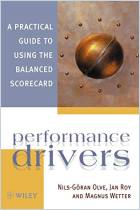
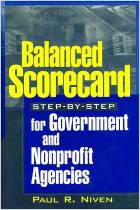

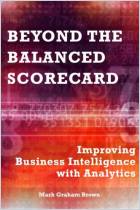
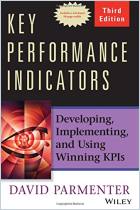
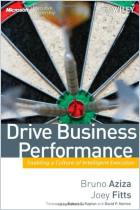





Comment on this summary